08-30-Daily AI News Daily
AI News Daily 2025/8/30
AI News|Daily Briefing|All-Network Data Aggregation|Frontier Science Exploration|Industry Free Speech|Open Source Innovation Power|AI and Human Future| Visit Web Version ↗️
Today’s Summary
Tech giants have recently dropped major AI model updates across various fields.
Kuaishou's Kling upgraded its creative program, while xAI rolled out a speedy, budget-friendly coding model.
Google's Gemini 2.5 Flash can now edit images, and OpenAI's GPT-Realtime is all about voice interaction.
On the regulatory front, China introduced new rules mandating AI-generated content to be marked.
Plus, Anthropic started using user chat logs for model training, sparking privacy debates.Product & Feature Updates
Kuaishou’s video generation model, Kling, is sending out a big invitation! Its “Creative Partner Program” just got a major upgrade, Apply to Join the Program Now (AI News) , aiming to gather all sorts of creative gurus to fine-tune the product. This initiative isn’t just about offering more support to creators; it’s also banking on community power to push Kling AI further down the video generation road. If your brain is buzzing with brilliant ideas, this might just be your golden ticket to make them a reality!
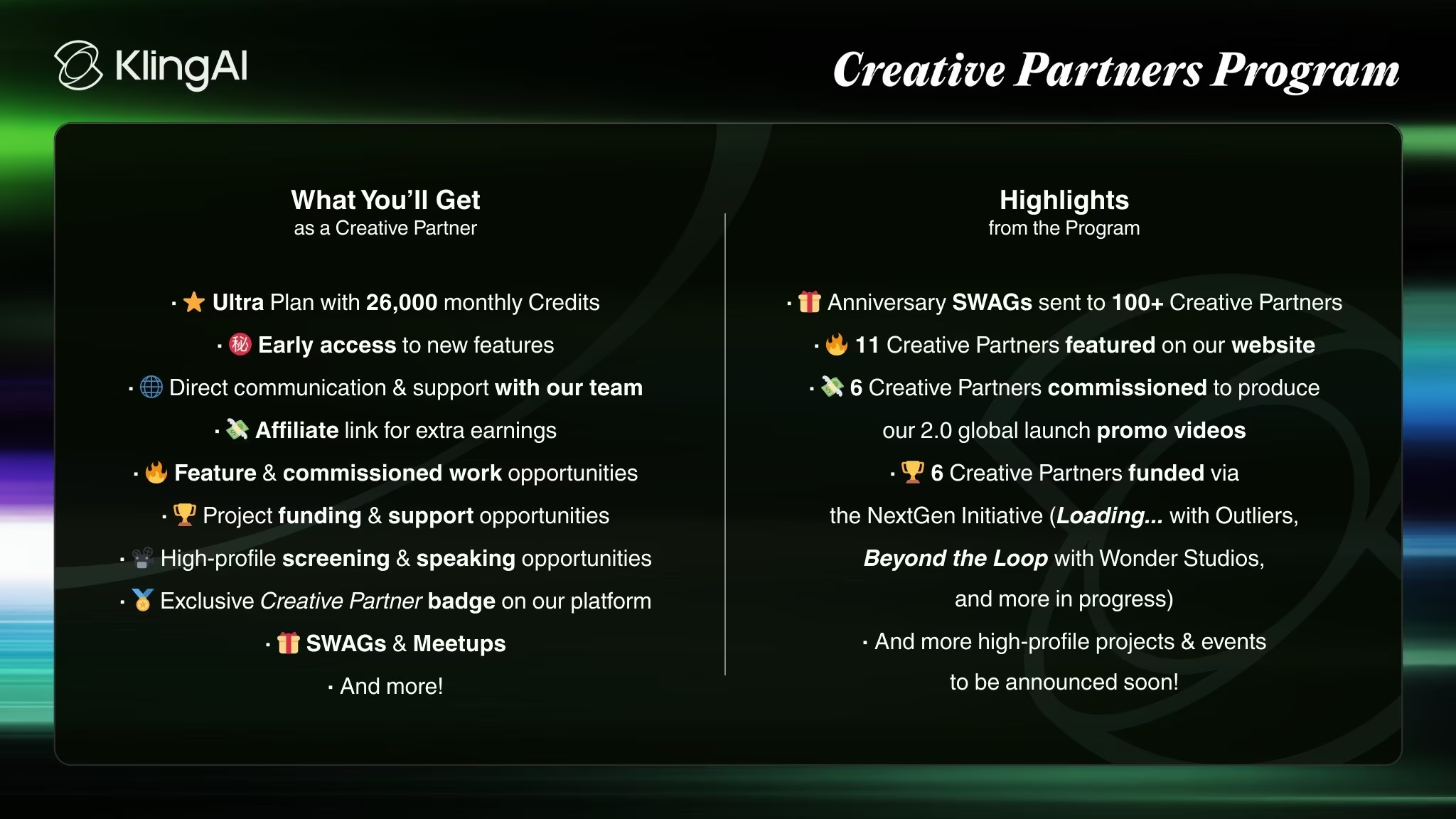
Elon Musk’s xAI is shaking things up again, dropping the brand-new, built-from-scratch coding model, Grok Code Fast-1, specifically designed to cure the “slow response” blues of large models. This model’s big selling points? Speed and savings! View Detailed Technical Report (AI News) It’s rumored to be lightning-fast and a whopping 10 times cheaper than GPT-5 – talk about a godsend for developers! Not only does it support multiple languages and integrate seamlessly into tools like Copilot, but it also hooks up developers with a comprehensive Prompt Engineering Guide (AI News) . The goal? To become your daily coding workhorse.
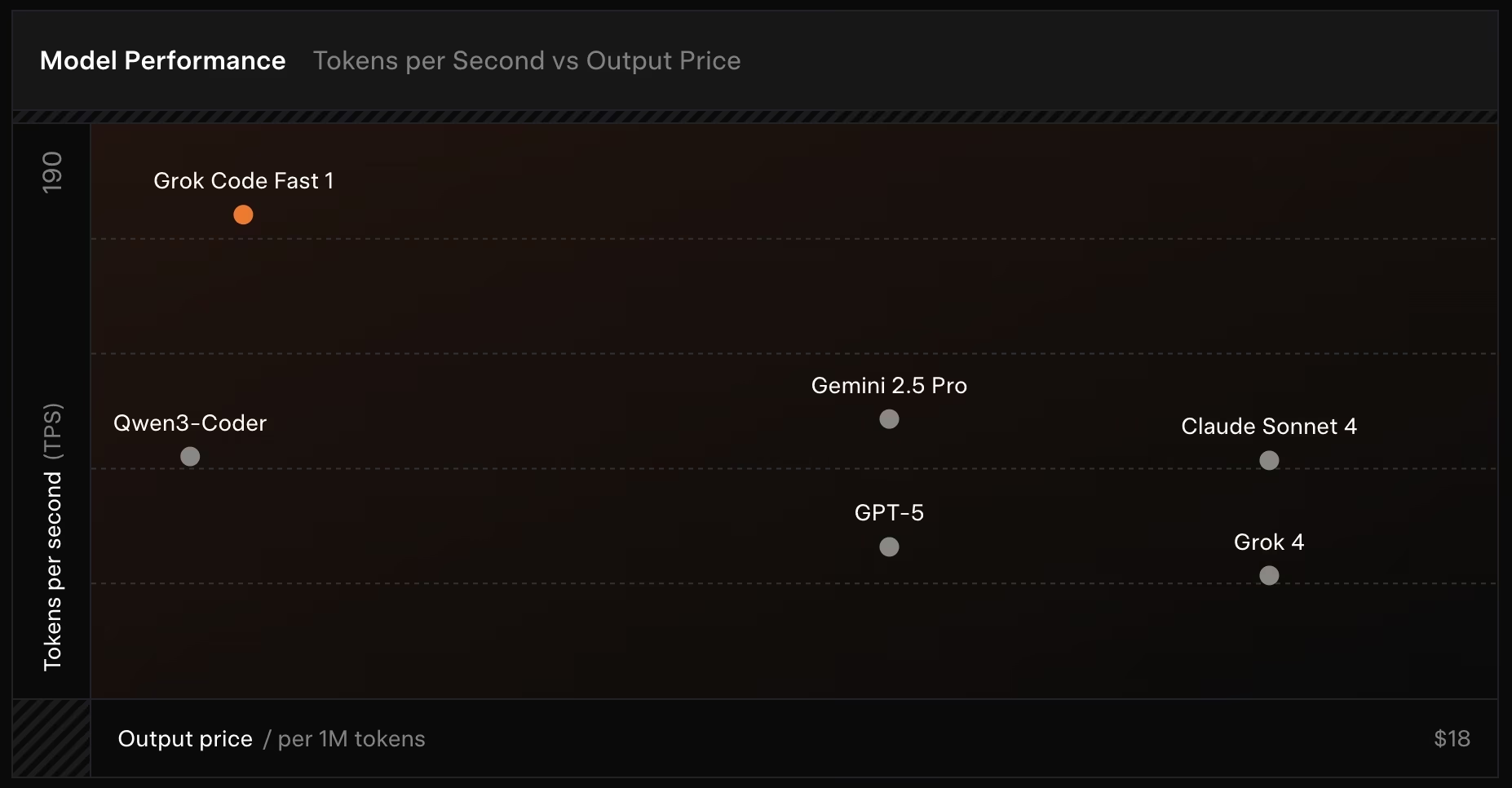
Google DeepMind’s team just unveiled their ultimate image editing tool, Gemini 2.5 Flash Image, affectionately nicknamed “Nano Banana.” This bad boy can turn a banana into a ballgown, taking creativity to the next level! This model boasts native image generation and editing capabilities, supporting multi-turn conversational modifications. It can even achieve pixel-level editing through an interleaved generation mechanism, Learn More About the Behind-the-Scenes Team (AI News) , making the editing experience as smooth as chatting. Its core charm lies in tightly integrating image understanding with generation, truly “seeing before drawing,” bringing revolutionary changes to creative workflows.
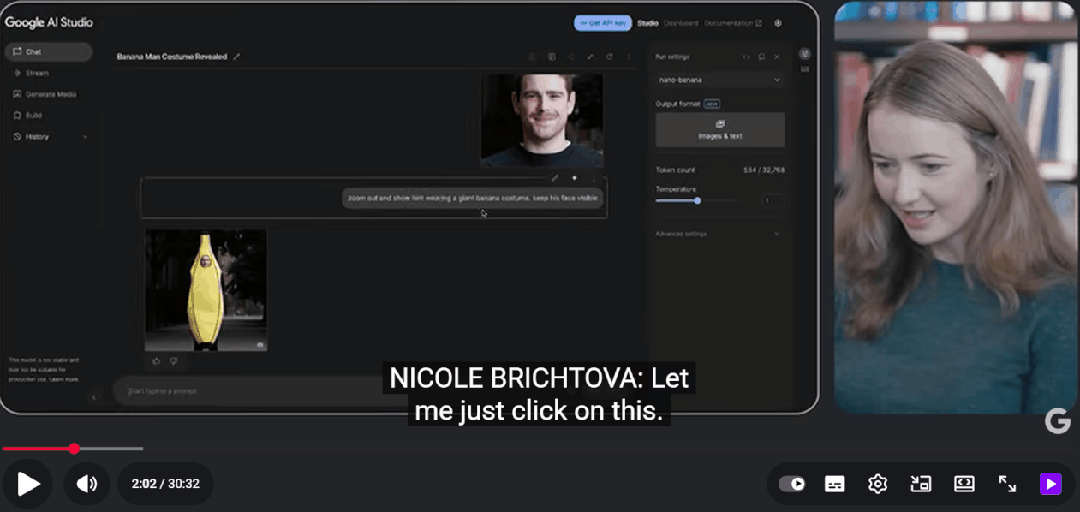
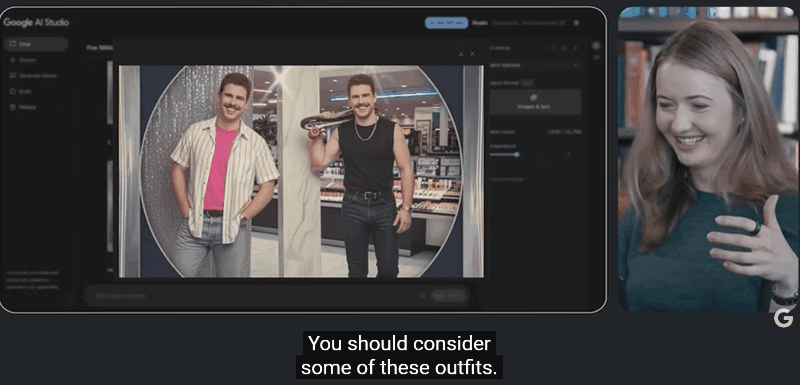
OpenAI just dropped a bombshell late at night, officially releasing GPT-Realtime, a brand-new multimodal model specifically engineered for voice AI Agents, making your AI assistant sound more “human.” This model doesn’t just mimic the rich intonation and emotions of humans; it also understands non-verbal cues like laughter and even supports image input, View Official Release Details (AI News) , enabling a “seeing is believing” conversational experience. Along with the API release, audio input token prices have also dropped by 20%, with OpenAI accelerating the push for intelligent voice interaction into a more natural, smarter new era. Time to get chatty!
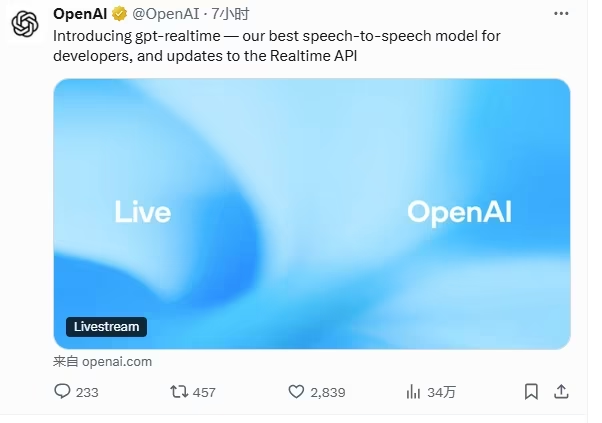
Frontier Research
Think AI sounds robotic? Not anymore! A Latest Research Paper (AI News) says “nope,” revealing how it’s taught AI to “read the room” by integrating visual information like facial expressions to generate emotionally rich speech. The Audio-Visual Language Model (AVLM) proposed by researchers significantly outperforms its “sound-only” predecessors in emotional recognition and expressive dialogue tasks. This work lays the groundwork for building end-to-end multimodal dialogue systems capable of understanding and expressing complex emotions, bringing AI one step closer to truly sounding human.
Can you really follow AI’s “problem-solving steps” and grasp its logic? A Thought-Provoking Research (AI News) study dropped a harsh truth: humans only hit 29% accuracy when identifying key causal steps in AI reasoning text, basically on par with guessing. This research suggests we might just be “presumptuously” understanding AI’s thought processes, and its Chain of Thought (CoT) text looks more like a “man-made product” needing further study, rather than a transparent window. Looks like understanding AI’s non-human language usage is the bumpy road to true explainability.
Industry Outlook & Social Impact
Anthropic just pulled a classic “true fragrance” move, Latest Policy Shift Details (AI News) , announcing it will now start using user chat logs with Claude to train its models. This complete 180-degree turn means the privacy walls it once boasted are loosening, forcing users to ponder data boundaries while enjoying smart services. This move will undoubtedly ignite a fresh round of intense discussions about AI ethics and user privacy, especially since the phrase “your data is getting stronger” just took on a whole new meaning!
Tesla claimed crucial data “vanished into thin air” during a fatal car crash investigation, but guess what? A hacker uncovered the Hidden Data Revealed (AI News) , making for a super awkward scene! This incident not only exposed Tesla’s “blame-shifting” tactics but also severely questioned public trust in its Autopilot system’s data transparency and accident liability. Going forward, ensuring car manufacturers are upfront in accident investigations will be a pressing trust crisis that needs solving in the autonomous driving sector.
Heads up! A “regulatory storm” for AIGC is brewing, and This Practitioner’s Guide to Avoiding Pitfalls (AI News) makes it clear: starting September 1st, all AI-generated content must carry its “ID card.” The new national standard mandates a dual system of explicit identification (like text, watermarks) and implicit identification (metadata) to ensure AI works are clearly recognizable, leaving “AI-generated” content nowhere to hide. This mandatory standard not only regulates content creators but also imposes strict requirements on dissemination platforms. Violators will face severe penalties, from traffic limiting to takedowns, completely reshaping the industry’s rules of the game.

Top Open Source Projects
Want GPT-4o-level multimodal superpowers right on your phone? The open-source project MiniCPM-V (⭐20.4k) MiniCPM-V (⭐20.4k) is your answer! It’s all about stuffing powerful single-image, multi-image, and even video understanding capabilities right into your pocket. The goal of this project is to make top-tier multimodal tech incredibly accessible, truly a “pocket rocket” in the realm of edge-side multimodal models. With it, localized, offline processing of complex visual tasks is no longer a dream. Go check out this endlessly promising Open Source Project Introduction (AI News) !
In the cloud-native and edge computing world, stable and efficient message passing is the lifeblood, and nats-server (⭐17.9k) nats-server (⭐17.9k) is that trusty “messenger.” As a high-performance server designed for NATS.io, it focuses on providing lightning-fast and reliable communication support for distributed systems. If you’re building modern applications that need to handle massive messages, this project is absolutely an indispensable part of your tech stack. Go ahead and Explore Its Powerful Features (AI News) !
Say goodbye to the old “black window” and hello to a modern command-line experience! Microsoft’s Windows Terminal (⭐99.7k) Windows Terminal (⭐99.7k) project seamlessly blends old and new generations of Windows terminals, making it a true godsend for developers. It not only supports multiple tabs, panes, Unicode characters, and custom themes but also makes your command-line workflow smoother and more beautiful than ever before. This Top Open Source Project (AI News) , soon to hit 100,000 stars, has become the standard for modern development within the Windows ecosystem – you absolutely deserve it!
Dreaming of building your own “Taobao” or “Amazon”? The open-source project mercur (⭐737) mercur (⭐737) , built on MedusaJS, offers you an out-of-the-box solution for a multi-vendor marketplace platform. Whether it’s B2B or B2C, it helps you quickly launch and customize a powerful e-commerce marketplace, significantly lowering the barrier to entry for startups. For developers eager to make their mark in the e-commerce world, this project is undoubtedly a treasure. Come View More Project Details (AI News) !
Payment integration always a headache? Not anymore! With hyperswitch (⭐25.1k) hyperswitch (⭐25.1k) , the open-source payment exchange system written in Rust, everything becomes simple, fast, and affordable. It aims to be the “universal adapter” connecting various payment channels, letting you handle all your payment needs with just one API. This drastically boosts development efficiency and system reliability. This Fintech Project (AI News) , highly watched on GitHub, is reshaping the global payment landscape and is a must-watch for all developers handling online transactions.
Social Media Shares
Ever wonder why you feel busier after using AI tools? A Blogger’s Shared View (AI News) hits the nail on the head: AI isn’t about saving time; it’s about trading time for capabilities that were previously out of reach. Now you can tackle tasks that were impossible before, exploring uncharted territories. This is essentially an “up-dimensioning” of capability, not a “reduction” in time. This insight perfectly explains the “AI efficiency paradox”: we’re not just repeating labor; we’re creating greater value with the same amount of time. Boom!
Someone just took creative splicing with Gemini 2.5 Flash Image to a whole new level, successfully merging 13 unrelated images into one harmonious, jaw-dropping picture! This user, with an Extremely Detailed Prompt (AI News) , had the model precisely combine elements like a model, a pink BMW, an alien keychain, and a pug with headphones – all perfectly integrated. This case vividly demonstrates “Nano Banana’s” powerful contextual understanding and image consistency capabilities. It also reminds us: to tame powerful AI, prompt precision is absolutely crucial!

Who says coding Agents just write code? An Expert’s View (AI News) points out they’re evolving into omnipotent “Swiss Army Knives,” like Devin transforming into a data analyst. The real magic lies in combining these Agents with the right context, tools (via MCP), and knowledge bases to generate an astonishing “compound effect.” This heralds a new era: future workflows will be completely revolutionized by these 24/7, tireless intelligent agents, fundamentally solving information bottleneck issues. Get ready!

AI Product Spotlight: AIClient2API ↗️
AIClient-2-API is your ultimate solution! Tired of constantly switching between various AI models and being tied down by annoying API rate limits? This isn’t just a regular API proxy; it’s a magic box that can transform tools like Gemini CLI and Kiro client into powerful OpenAI-compatible APIs.
The project’s core charm lies in its “reverse thinking” and powerful features:
✨ Client-to-API, unlocking new possibilities: We cleverly leverage Gemini CLI’s OAuth login, letting you easily break through official free API rate and quota limits. Even more exciting, by encapsulating Kiro client’s interface, we’ve successfully cracked its API, enabling you to seamlessly call powerful Claude models for free! This offers you a “cost-effective and practical solution for programming development, using free Claude API plus Claude Code.”
🔧 System prompts, you’re in control: Want AI to be more obedient? We offer powerful System Prompt management. You can easily extract, replace (‘overwrite’), or append system prompts from any request, finely tuning AI behavior on the server side without touching client code.
💡 Top-tier experience, budget-friendly: Imagine using the Kilo code assistant in your editor, coupled with Cursor’s efficient prompts, and any top-tier large model – why stick to Cursor when you can combine? This project lets you assemble a development experience rivaling paid tools at an extremely low cost. It also supports MCP protocol and multimodal inputs like images and documents, so your creativity knows no bounds.
Say goodbye to tedious configurations and hefty bills, and embrace this new AI development paradigm that’s free, powerful, and flexible!
AI News Daily Voice Version
| 🎙️ Xiaoyuzhou | 📹 Douyin |
|---|---|
| Laisheng Tavern | Self-Media Account |
 |  |